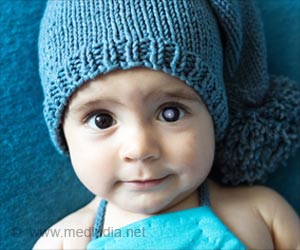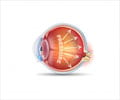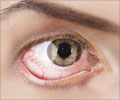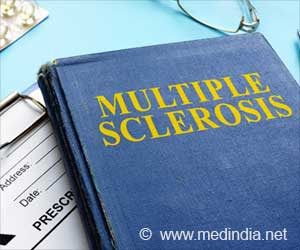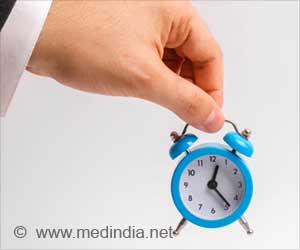- Glaucoma affects 80 million people worldwide
- Some current wearable tonometers include an integrated circuit chip results in increased lens thickness and stiffness when compared to a conventional commercial soft contact lens, causing pain for patients in many circumstances
- Researchers have developed a distinct class of smart soft contact lenses for continuous 24-hour intraocular pressure monitoring, even while sleeping at home
Novel Ocular Technology to Continually Measure Intraocular Pressure
Chi Hwan Lee, the Leslie A. Geddes Associate Professor of Biomedical Engineering at Purdue’s Weldon School of Biomedical Engineering, led a team of researchers who created novel ocular technology to continually measure intraocular pressure (IOP) in a person’s eye. According to the Glaucoma Research Foundation, IOP is the single controllable risk factor for glaucoma, which can steal a person’s eyesight without any warning signs or pain and affects more than 80 million people worldwide. According to research, IOP fluctuation is linked to retinal structural damage in glaucoma patients, and those with higher IOP variability may be at a higher risk of glaucoma progression.Drawbacks of Current Tonometers
Some current wearable tonometers - or devices that monitor the pressure inside one’s eyes - include an integrated circuit chip, which results in increased lens thickness and stiffness when compared to a conventional commercial soft contact lens, causing pain for patients in many circumstances. Lee’s version is distinct.Smart Soft Contact Lenses to Monitor Intraocular Pressure
“To address this unmet need, we developed a unique class of smart soft contact lenses built upon various commercial brands of soft contact lenses for continuous 24-hour IOP monitoring, even during sleep at home,” Lee said.Benefits of Smart Soft Contact Lenses
“Our smart soft contact lenses retain the intrinsic lens features of lens power, biocompatibility, softness, transparency, wettability, oxygen transmissibility and overnight wearability. Having all these features at the same time is crucial to the success of translating the smart soft contact lenses into glaucoma care, but these features are lacking in current wearable ocular tonometers.”Dr. Eric Beier, Boomerang’s partner and the chief medical officer stated that Lee and his smart contact lens innovation aroused his and his colleagues’ interest for a variety of reasons.
“Our interviews with optometrists and ophthalmologists demonstrated that Lee’s technology has the potential to become a new standard of care for diagnosing and managing glaucoma patients,” Beier said. “Also, founder fit is an important factor for Boomerang in determining which technologies to commercialize. In working with Lee as we evaluated his technology, we determined that he is a great fit for Boomerang and our venture studio model. “We also liked that Lee has been very forward-thinking in developing the technology by also developing a methodology to scale up the manufacturing of his smart contact lenses.”
Beier will serve as a director on the board of BVS Sight and will continue to support the company as a chief medical officer and in management roles at Boomerang Studio.
According to Beier, BVS Sight must complete numerous milestones before bringing smart contact lens technology to market.
Developing Medical Technologies for Better Healthcare Monitoring
“We need to optimize the integrated system for patient and clinician use: smart contact lenses, power source, eyeglasses, sleep mask and software,” Beier said. “Developing medical technologies is very complex, and the company will need to work through multiple challenges including clinical studies, regulatory approval, reimbursement, and fundraising. These are all areas where Boomerang brings resources and expertise to help our portfolio companies successfully and timely navigate through these complexities.”According to Beier, since the Purdue-Boomerang partnership began in 2021, Boomerang has studied various Purdue technologies.
“We look for technologies that meet our internal selection criteria, address important macro trends we see in health care and benefit patients and clinicians,” Beier said. “We also look for academic co-founders who are excited to work with us and enable us to leverage our business-building expertise and assets.”
Source-Medindia





